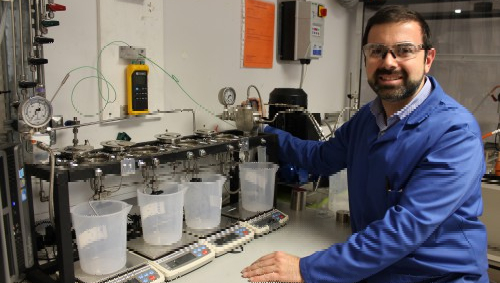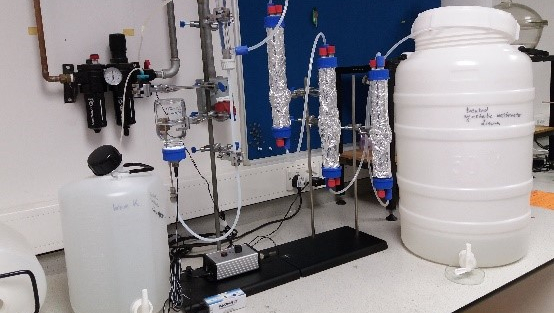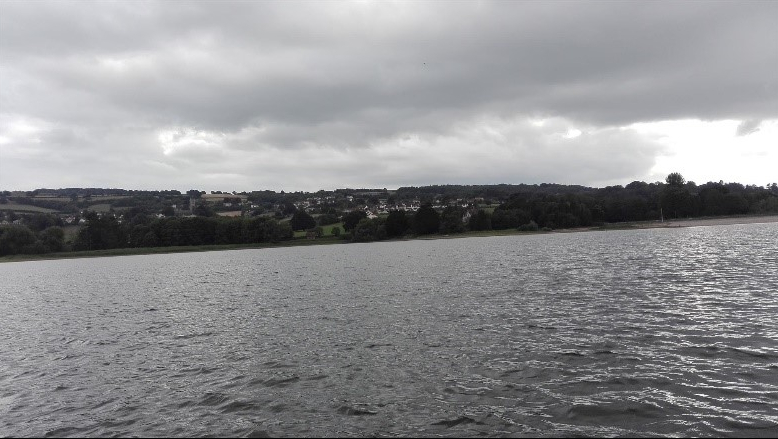The aim of this project is the development of porous metal oxide foams to be used as novel catalysts in the photocatalytic removal of water pollutants. For this reason, the specific objectives in order to achieve are the following:
Develop a suitable method to produce porous and robust metal oxide foams (ZnO).
Determine the influence of the materials properties as structure, surface morphology and stability on the photocatalytic efficiency.
Study the feasibility and performance of the foams in a flow through photocatalytic reactor.
Determine key experimental parameters influencing photocatalytic activity, such as pH, flow rate, atmospheric and irradiation conditions on the removal of micropollutants.
Optimise the synthesis conditions for different catalysts.
Project outline
The project aims to propose a suitable synthesis method combining the use of foaming solutions and sintering process to produce solid metal oxide foams to act as photocatalysts in water treatment. The influence of the foaming solution composition on the final solid foam properties will be studied. Initially, ZnO foams will be obtained and other metal oxide materials will be produced eventually. These materials would combine the high surface area of slurry catalysts with the stability of immobilised semiconductors. Photocatalytic oxidation of micropollutants is based on the irradiation of semiconductor materials with UV and/or visible light to generate hydroxyl radicals (HO.). These highly reactive and non-selective radicals are produced at the material/water interface and can readily degrade refractory pollutants into more biodegradable products or lead to mineralisation. The obtained materials will be characterised and their performance will be evaluated for photocatalytic activity using model pollutants, including persistent and photo-resistant pharmaceutical compounds. The influence of experimental conditions will also be studied in a flow through photocatalytic reactor.
Science
This research aims to contribute to the establishment of photocatalysis as water treatment technology. The use of this technique has been to date limited by the poor efficiency of immobilised semiconductors as well as the leaching of nanoparticle slurries to the environment. The use of solid foams could contribute to the development of a new generation photocatalysts presenting both high surface area and stability. Moreover, the performance of such catalysts towards visible light active materials could promote significant advances in this field.
Impact
The development of more efficient photocatalysts for water treatment technologies is of paramount relevance to assure higher water quality. The aim of this research is to improve the feasibility of photocatalysis as a real water and wastewater treatment technology. This goal will be achieved by developing new methods to obtain solid foams of greater stability, porosity and surface area compared to existing catalysts. These features will positively impact the performance of photocatalytic treatment on the removal of micropollutants.



